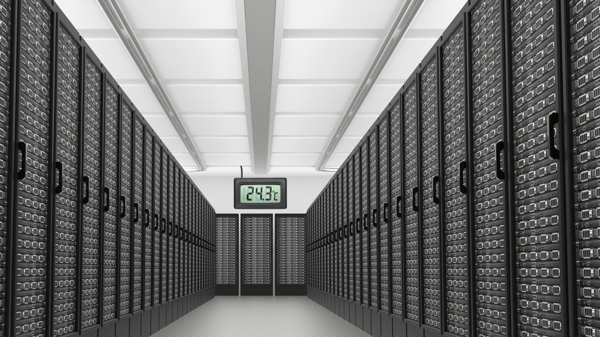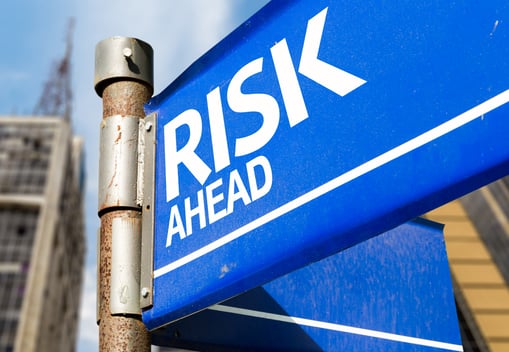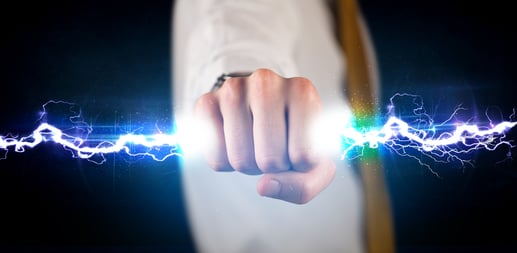
Temperature monitoring is essential, not only in the manufacturing sector, but all also for the services sector, especially if you have a heat generating asset such as a server room in your office.
With the advent of high speed 5G and high speed internet, server room fires have become very common. Over time auditors have found temperature monitoring should be made mandatory for all server rooms. Even if the temperature rises in the server room for a few minutes, it could start a fire that would burn down the building. Not to mention the loss of the stored data, current business, and the end customers trust that comes with downed servers.
Even if a fire does not break out, high temperatures could slow down your servers and also render them useless.
Here are 3 top reasons why it is good practice to constantly monitor your server rooms.
1. Risk Assessment

By getting a log of the temperature data in your Server room you can quickly come to know how high the temperature in your server room can go, and what time the temperature spike occurs.
This can help you figure out steps to mitigate issues by setting up cooling systems and red team where ever required.
You can even provide this information to insurance companies, to have your server rooms ensured with lower premiums. An auditor hired by an insurance company will tell you the same.
2. Resource Allocation

With the help of the logged data, you can switch the traffic going to different server rooms, based on which server room tends to run hot at a particular time. This also provides you data about what time during the day you will need your staff to personally monitor the server room.
This will help the staff determine the root cause of temperature spikes and implement the required fix. The monitoring system will also give you data on whether the fix worked or not.
3. Mitigating Damage

As a manager you must already know that there are some fires (metaphorical) that you can avoid and then there are other fires that you have to handle after they break out.
As for server rooms, even after doing risk assessment, and resource allocation if you miss out on a reason for a fire, and a fire does break out, then the monitoring system can give you real time alerts to make sure that your fire department comes to the rescue as soon as possible.
This will help to ensure that the damage due to a fire is localised to a single server in your server room in most cases.
Overall, you’ll just be a lot safer and smarter knowing the condition of your server rooms in real time.
From a business standpoint the benefit of using a temperature monitor is the assurance that it you get information otherwise not available. Ultimately, the temperature monitor delivers proof of compliance and enables the evaluation of continuous process improvement by auditing and insurance agencies.
Products like the Blake (Temperature and Humidity Monitor) let you log temperature values, download detailed reports with a single click, set thresholds, and also give you real time alerts over SMS/Email in case the temperature rises above the threshold. Powered by Bolt WiFi Module, and equipped with industrial grade sensors, Blake is live and kicking in Pharma production facilities, cold storages, server room and data centers across India.
To know more about the Blake (Temperature and Humidity Monitor), fill up the form below. After filling the form you will receive an email which will contain further details.








